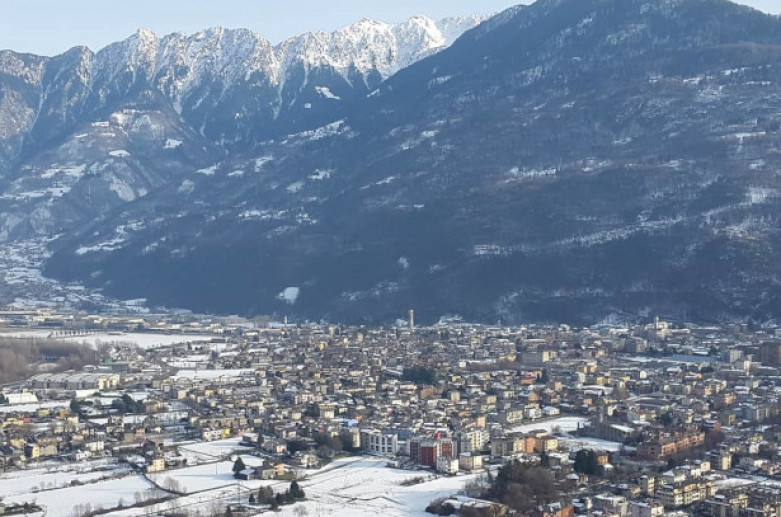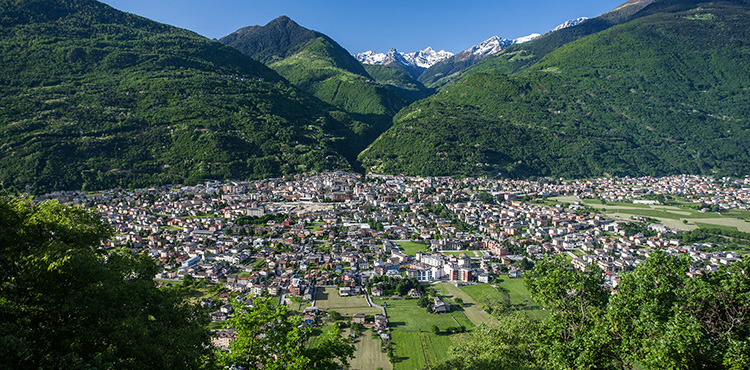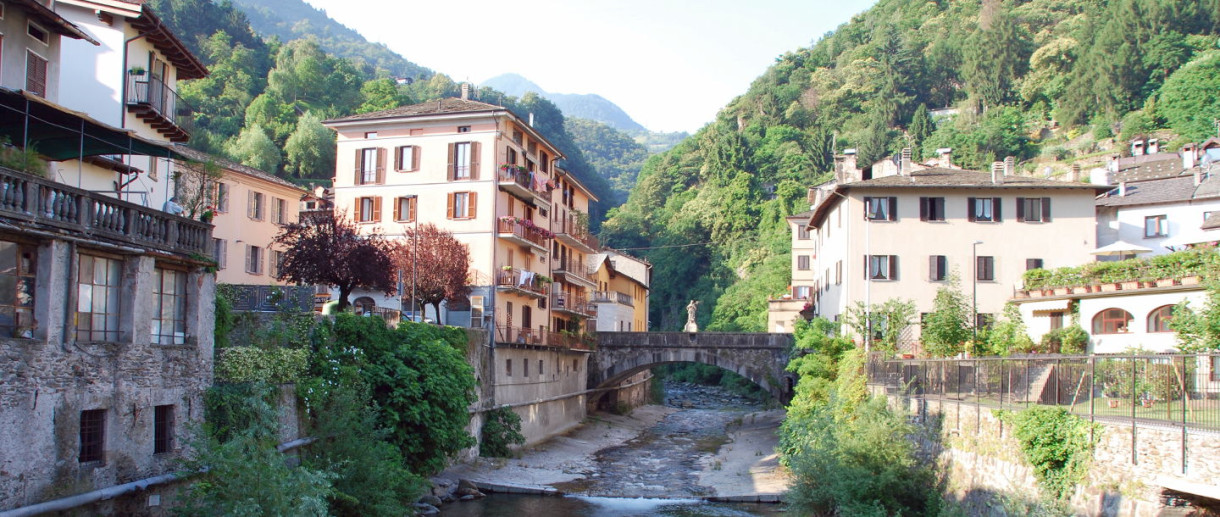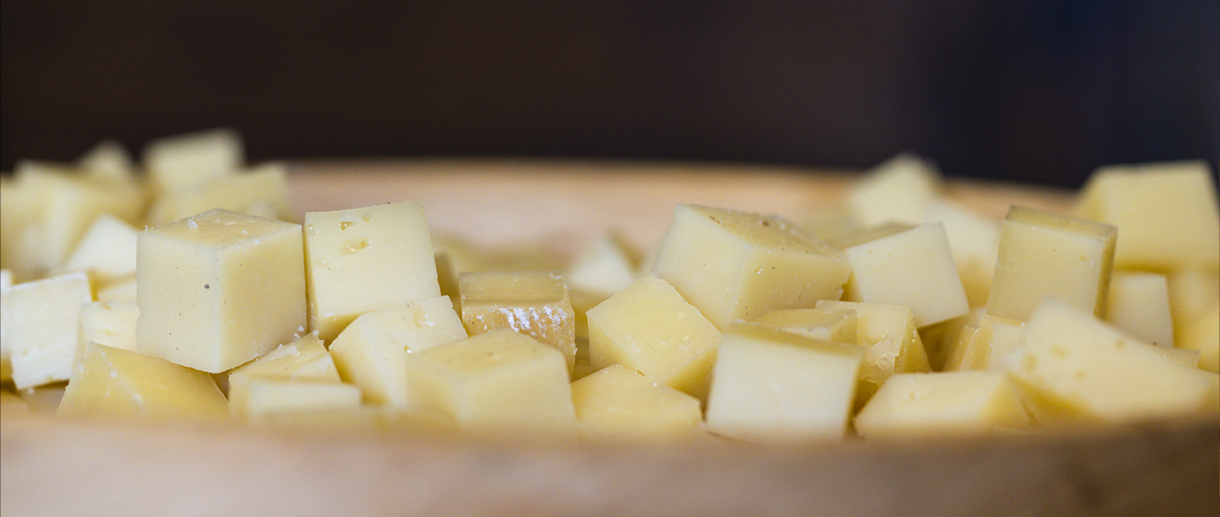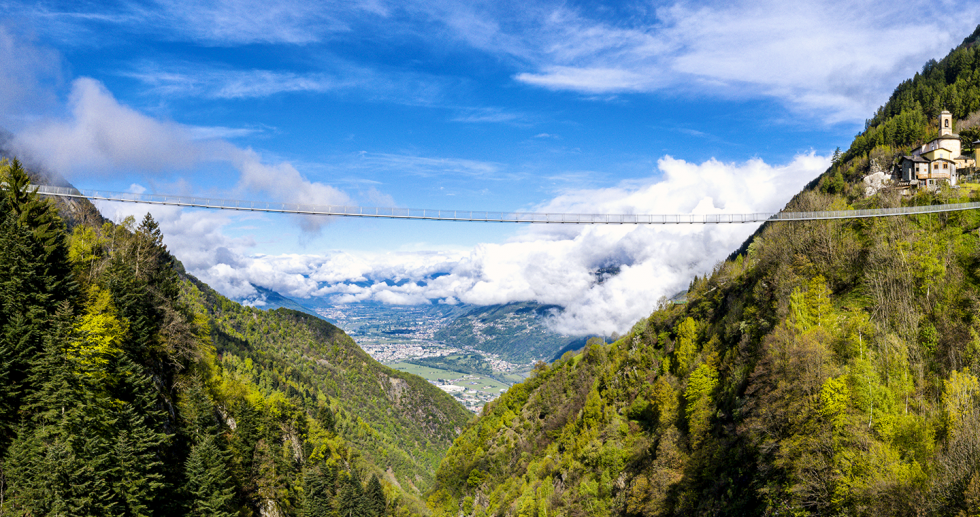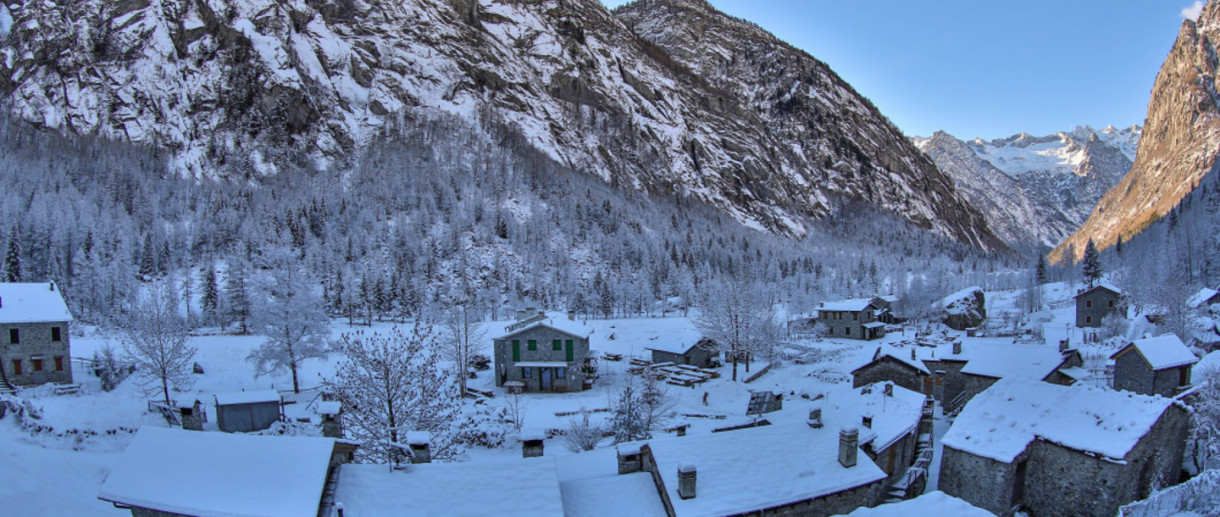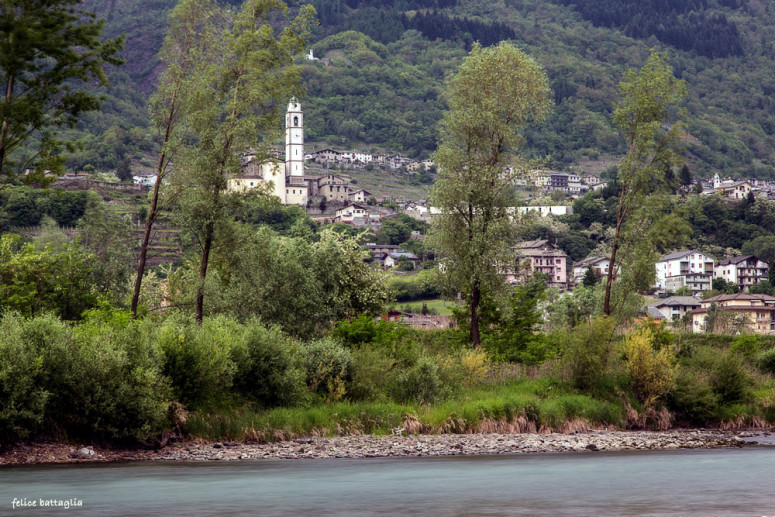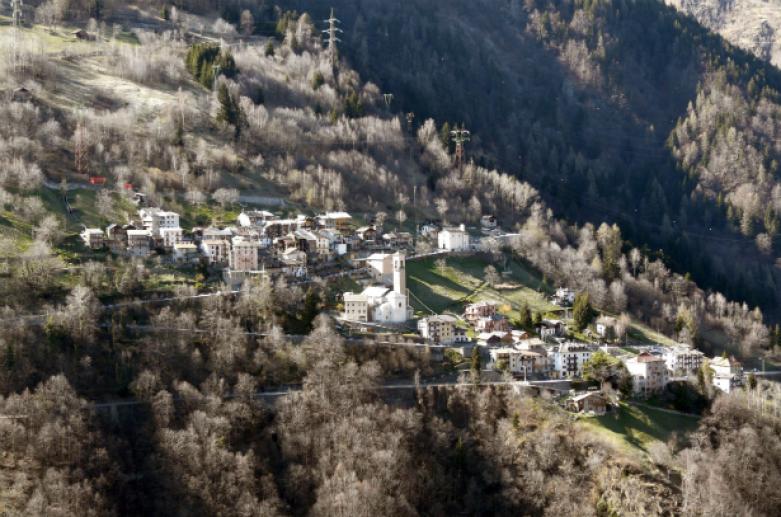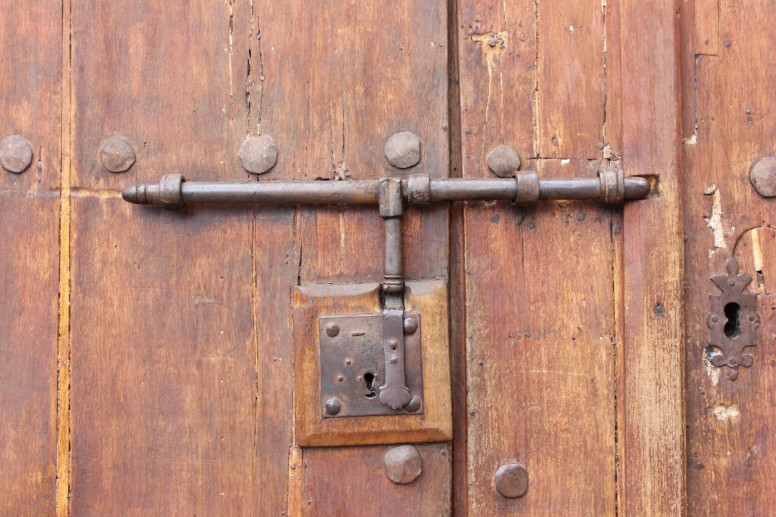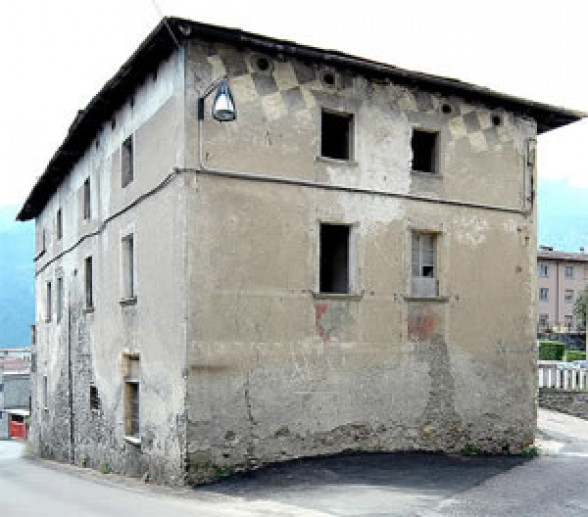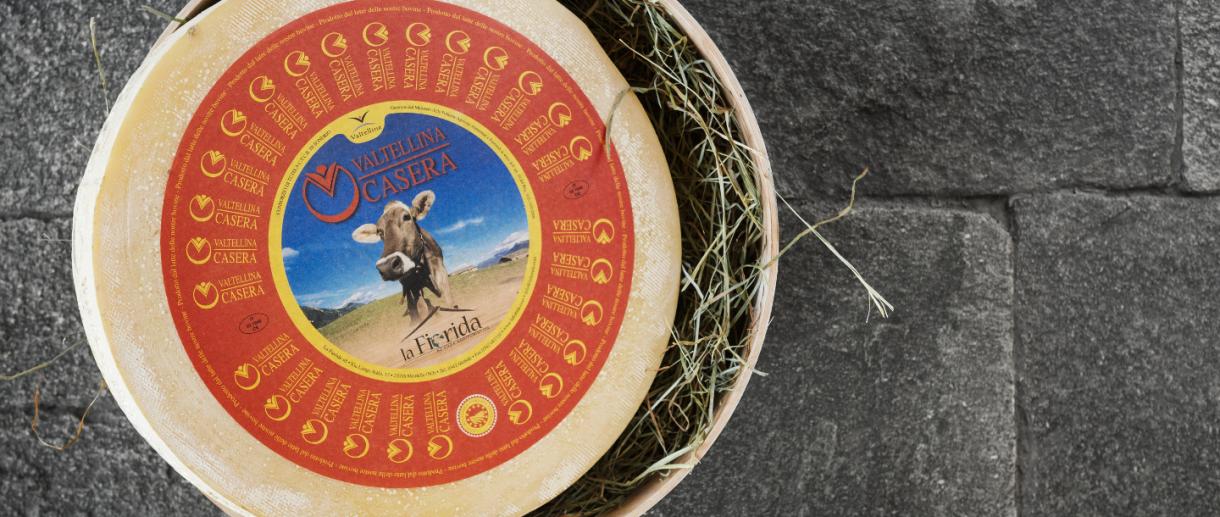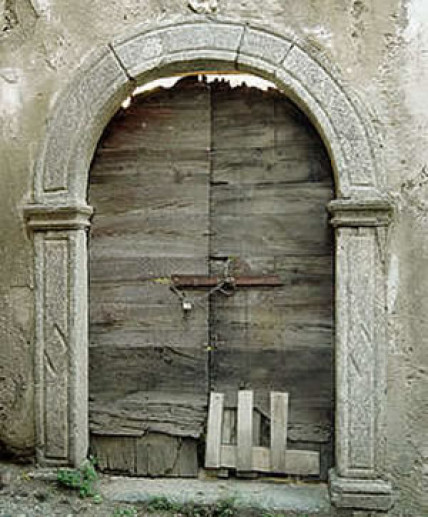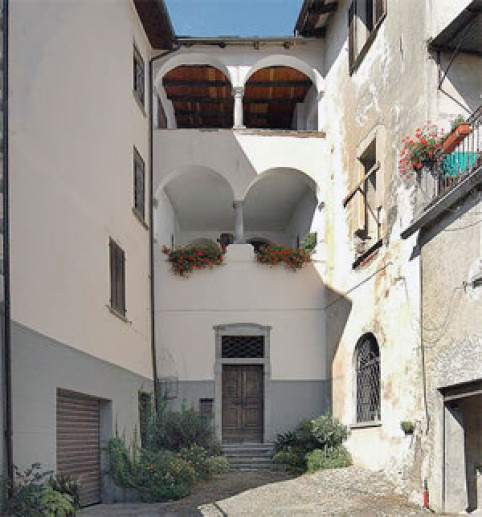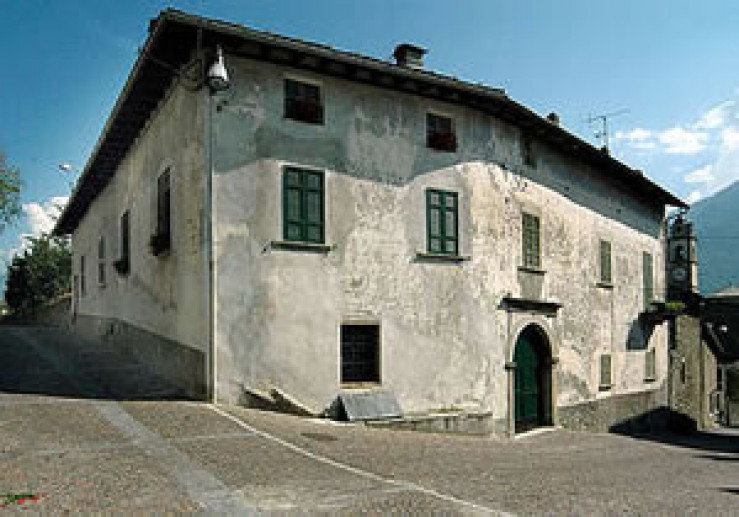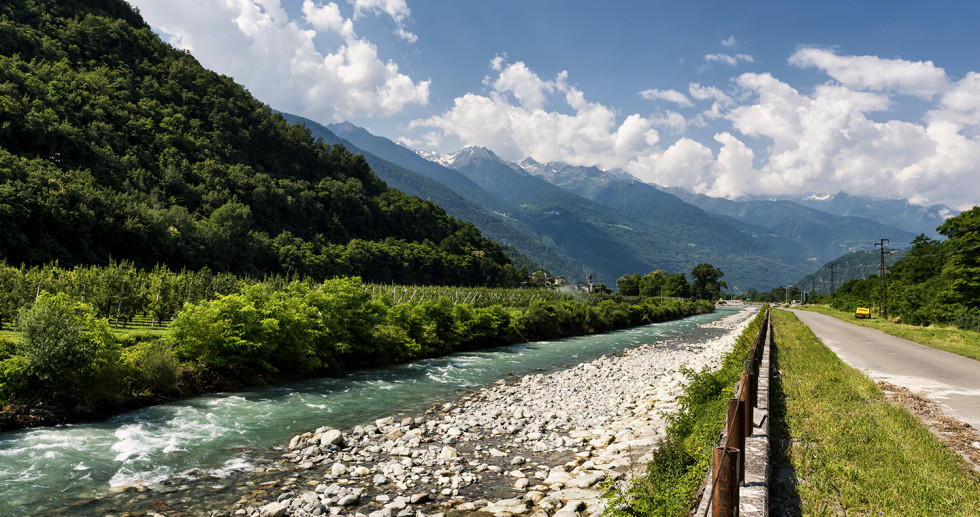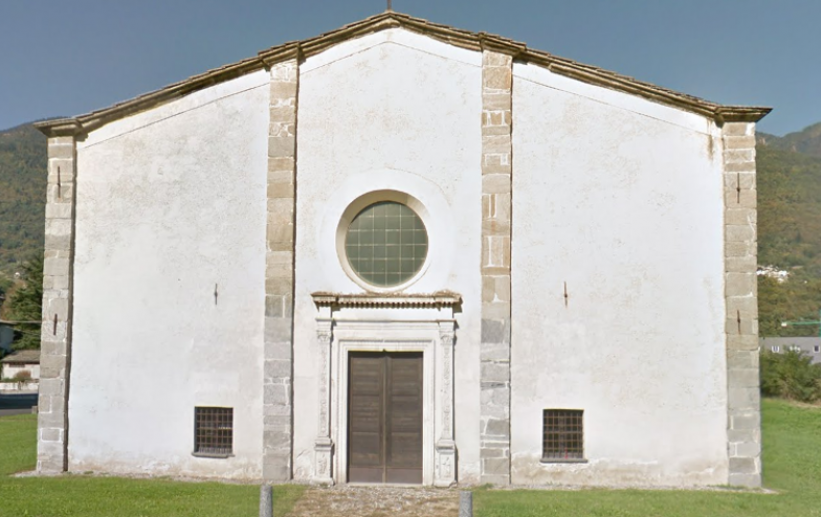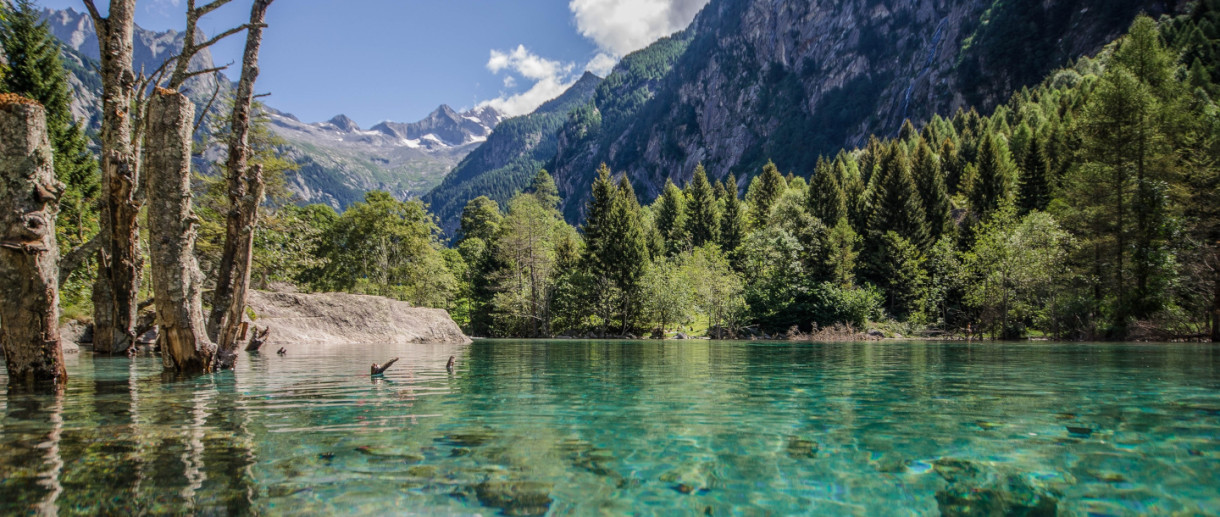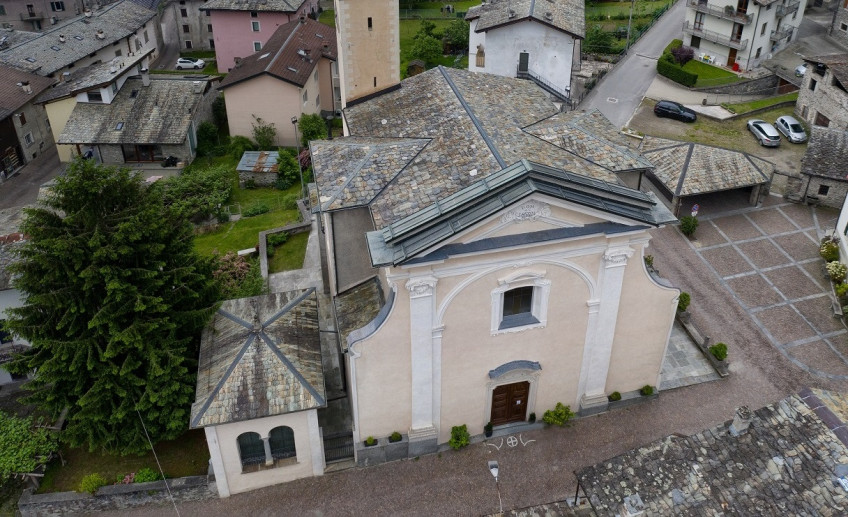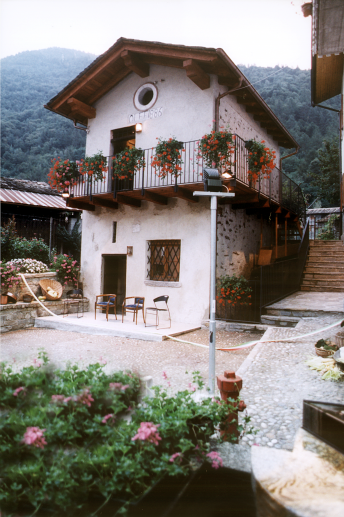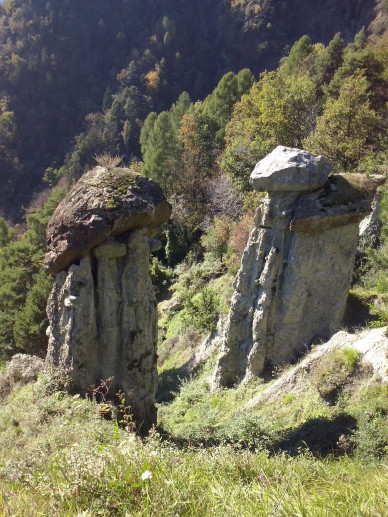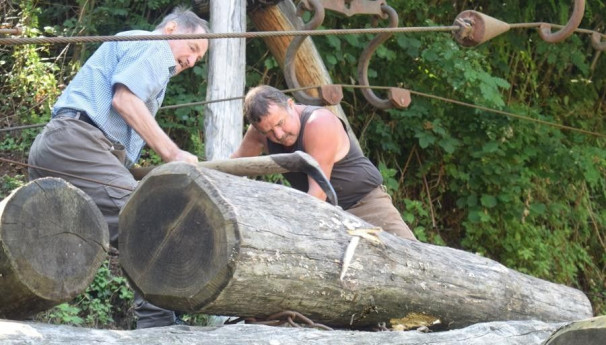- Unesco Sites
- Active & Green
- Art & Culture
The art of dry stone walling
Dry stone structures, evidence of a harmonious relationship between man and nature
The art of “dry stone walling” relates to the know-how of building stone constructions stacked one on top of each other, without using other materials except dry soil.
Italy, working with Croatia, Cyprus, France, Greece, Slovenia, Spain, and Switzerland, was awarded UNESCO recognition in 2018 in the Representation of the Intangible Heritage of Humanity for the art of dry stone walling, an internationally significant cultural work.
Such dry stone structures are spread out in most rural areas - mainly on steep terrain - both inside and outside inhabited areas. The construction technique of dry stone walling consists of building vertical supporting structures by placing local stones one on top of the other, without any binder. This practical knowledge is passed down in rural communities and has deep roots.
Dry-walled structures are used as shelters for agriculture or cattle breeding and testify to the methods used from prehistoric times to the present day to organise living and working spaces, making the most of human and natural resources.
Such constructions demonstrate the harmonious relationship between humans and nature and at the same time play a vital role in preventing landslides, floods, and avalanches, but also in combating soil erosion and desertification.
Formally, the territories of Lombardy Region are not included in the Nomination File, but in Valtellina there is a vast terraced area, partly cultivated with vines, supported by 2,500 km of dry stone walling. Other important testimonies can be found in the rest of Italy, in the North, the Centre and the South.
-
